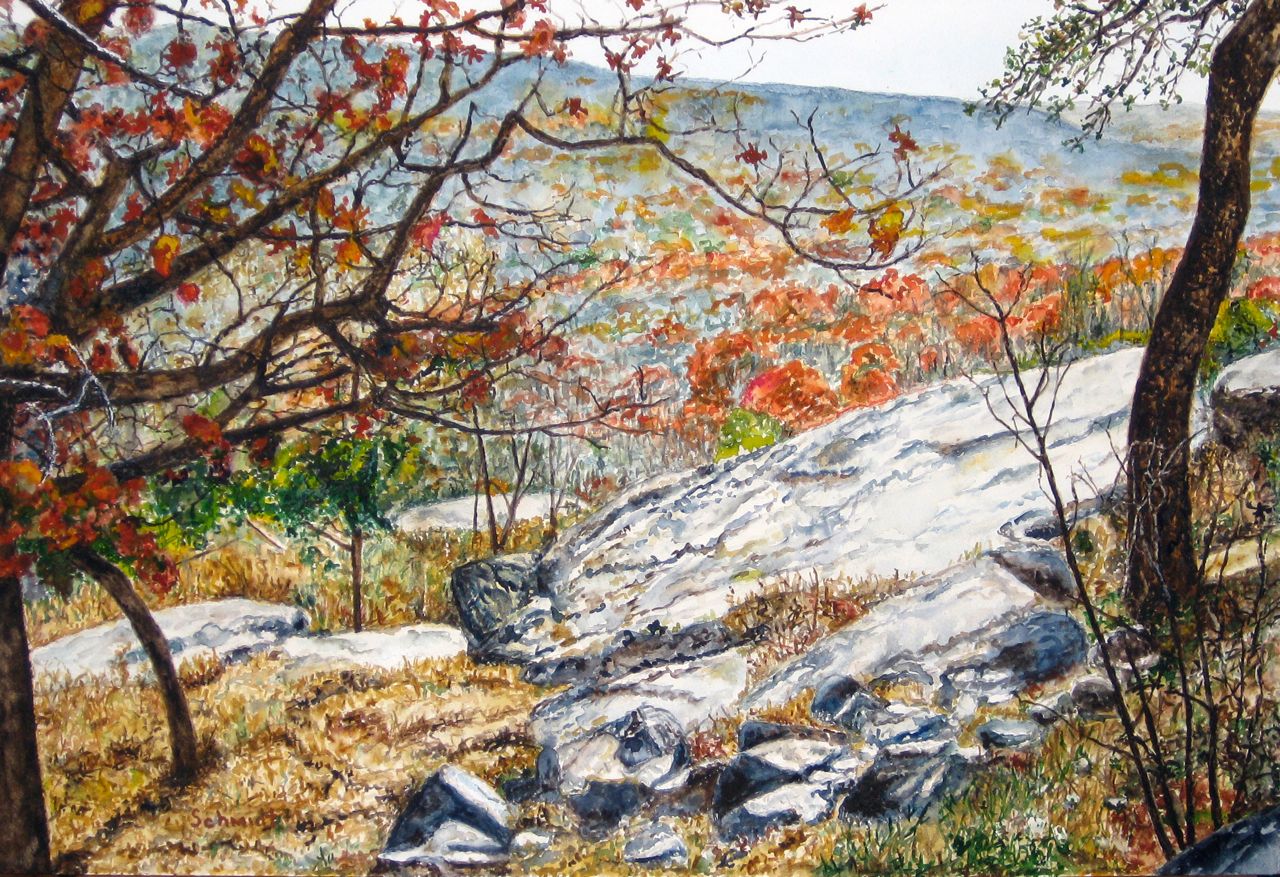Mountain

Get exclusive access to content from our 1768 First Edition with your subscription.The folding of layers of sedimentary rocks with thicknesses of hundreds of metres to a few kilometres often leaves long parallel ridges and valleys termed, as, for example, in the Valley and Ridge province of Pennsylvania in the eastern. The more resistant rocks form ridges, and the valleys are underlain by weaker ones. These fold belts commonly include segments where layers of older rocks have been thrust or pushed up and over younger rocks. Such segments are known as fold and thrust belts. Typically their topography is not as regular as where folding is the most important process, but it is usually dominated by parallel ridges of resistant divided by valleys of weaker rock, as in the eastern flank of the Canadian or in the of France and Switzerland.Most fold and thrust belts are bounded on one side, or lie parallel to, a belt or terrain of.
Mountain - Mississippi.
Maybe, you just want to get some more powerful items, character or weapon and armor upgrades or tips, that might help you reach the goal you want in Lords of Xulima or similar game more quickly and more efficiently. Lords of xulima walkthrough. Through the gameplay of Lords of Xulima, players might get interested in Indie Role-Playing games sub genre. Or maybe, you will not encounter them. Players of game Lords of Xulima might show interest and go deeper not only in Indie Role-Playing games sub genre but in Indie games genre in general, and with Lords of Xulima tips, tricks, strategy guide, they might see and look for new ways on how to complete levels or how to defeat bosses. Here, you might find Lords of Xulima tips, tricks, strategy guide that might help you finish, or even experience the Lords of Xulima game to the fullest, much faster and much smoother or even with some flair or style.
These are metamorphic and igneous rocks that in most cases solidified at depths of several kilometres or more and that are more resistant to erosion than the sedimentary rocks deposited on top of them. These crystalline terrains typically contain the highest peaks in any mountain belt and include the highest belt in the world, the, which was formed by the thrusting of crystalline rocks up onto the surface of the. The great heights exist because of the resistance of the rocks to erosion and because the rates of continuing uplift are the highest in these areas. The topography rarely is as regularly oriented as in fold and thrust belts.In certain areas, blocks or isolated masses of rock have been elevated relative to areas to form or ranges. In some places, block-fault ranges with an overall common orientation coalesce to define a mountain belt or chain, but in others the ranges may be isolated.Block faulting can occur when blocks are thrust, or pushed, over neighbouring valleys, as has occurred in the Rocky Mountains of Colorado, Wyoming, and Utah in the western United States or as is now occurring in the, an east–west range in western China. Within individual ranges, which are usually a few hundred kilometres long and several tens of kilometres wide, crystalline rocks commonly crop out.
On a large scale, there is a clear orientation of such ranges, but within them the landforms are controlled more by the variations in erosion than by tectonic processes.Block faulting also occurs where blocks are pulled apart, causing a subsidence of the intervening between diverging blocks. In this case, alternating basins and ranges form. The basins eventually fill with sediment, and the ranges—typically tens of kilometres long and from a few to 20–30 kilometres wide—often tilt, with steep relief on one side and a gentle slope on the other. The uniformity of the gently tilted slope owes its existence to long periods of erosion and before tilting, sometimes with a capping of resistant lava flows on this surface prior to tilting and faulting. Both the Tetons of Wyoming and the Sierra of California were formed by blocks being tilted up toward the east; major faults allowed the blocks on their east sides to drop steeply down several thousand metres and thereby created steep eastern slopes.In some areas, a single block or a narrow zone of blocks has subsided between neighbouring blocks or plateaus that moved apart to form a between them.
Mountains with steep inward slopes and gentle outward slopes often form on the margins of rift valleys. Less commonly, large areas that are pulled apart and subside leave between them an elevated block with steep slopes on both sides. An example of this kind of structure, called a, is the Ruwenzori in.Finally, in certain areas, including those that once were plateaus or broad uplifted regions, erosion has left what are known as mountains. Many such mountains are isolated and not part of any discernible chain, as, for instance, in Maine in the northeastern United States. Some entire chains (e.g., the Appalachians in or the Urals in Russia), which were formed hundreds of millions of years ago, remain in spite of a long history of erosion. Most residual chains and individual mountains are characterized by low elevations; however, both gentle and precipitous relief can exist, depending on the degree of recent erosion.